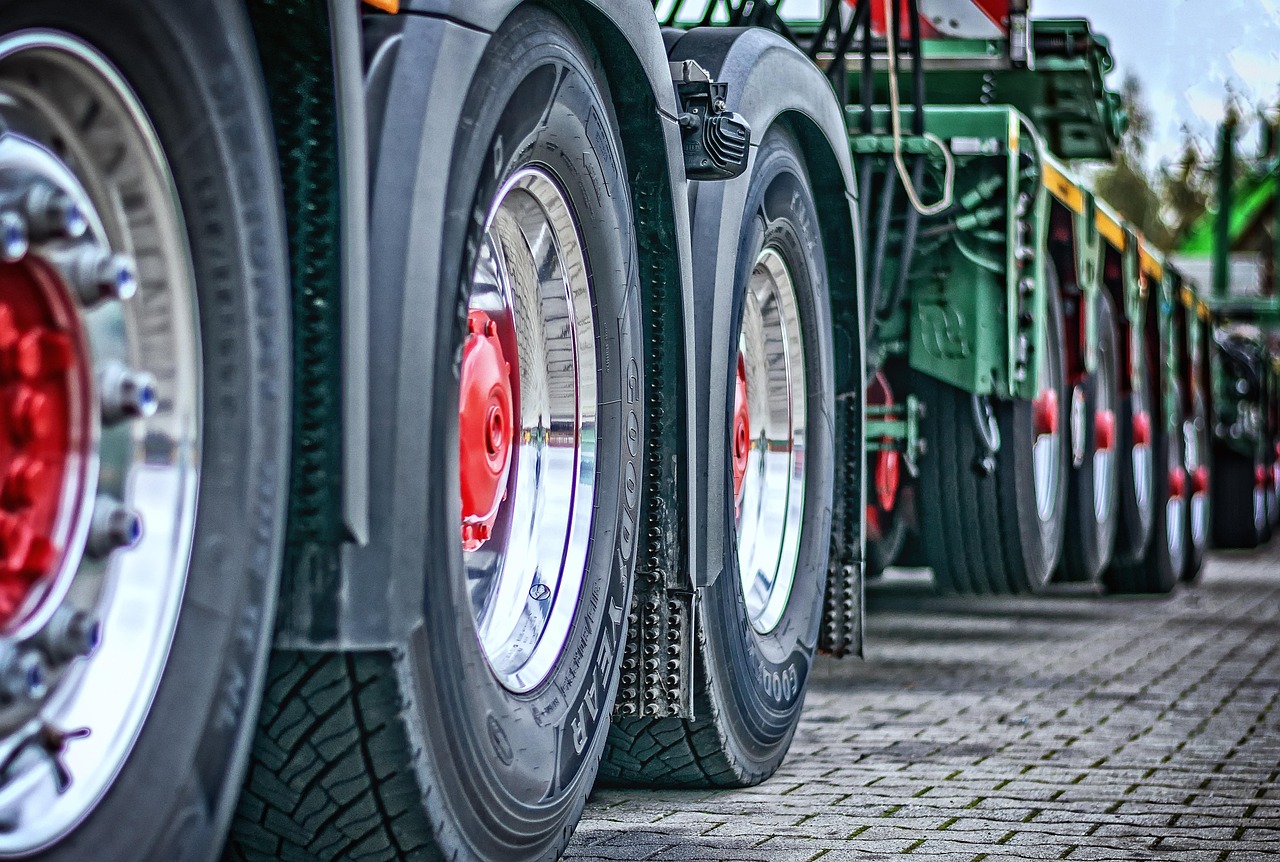Why Hunters Need a Commercial-Grade Meat Grinder
Processing wild game, such as deer (venison), elk, or moose, presents unique challenges that standard kitchen meat grinders cannot handle. Unlike domesticated beef or pork, wild game meat is leaner, tougher, and often contains more connective tissue and sinew. Furthermore, hunters typically process large volumes of meat—often 50 to 150 pounds—in a single session immediately following a successful hunt.
For the serious hunter, a meat grinder is not a luxury; it is a critical piece of equipment and parts that must be reliable, powerful, and durable enough to handle high throughput without overheating or jamming. Choosing the right machine ensures food safety, maximizes yield, and turns a laborious chore into an efficient, rewarding part of the hunting experience.
Key Factors When Selecting a Meat Grinder for Hunting
When evaluating models designed for processing wild game, hunters must prioritize power, capacity, and construction quality over convenience features. The following criteria form the foundation of a successful purchase in 2025.
Power and Horsepower (HP) Requirements
Horsepower is the single most important specification for a hunting meat grinder. Low-powered grinders (under 0.5 HP) are prone to stalling when encountering cold, tough venison or sinew, leading to frustrating delays and potential motor burnout.
- Minimum Requirement (Small Game/Occasional Use): 0.75 HP. This is sufficient for processing one or two small deer per season, provided the meat is properly chilled and trimmed.
- Recommended Standard (Deer/Elk Hunters): 1.0 HP to 1.5 HP. This range offers the torque necessary to power through large volumes of tough meat quickly, maintaining a consistent grind temperature.
- Professional/High Volume (Multiple Carcasses): 1.75 HP to 2.0 HP+. These commercial-grade units are designed for continuous operation, essential for groups or those processing large animals like moose or bear.
Grinder Size and Throughput Capacity
Grinder size refers to the diameter of the grinding plate and auger, typically designated by numbers (#8, #12, #22, #32). Larger sizes translate directly to faster processing speeds and less pre-cutting required.
| Grinder Size | Typical Throughput (Lbs/Min) | Best Use Case for Hunters |
|---|---|---|
| #8 | 3 – 5 lbs | Light use, small batches, or mixing small amounts of fat. |
| #12 | 5 – 8 lbs | Entry-level deer processing; requires careful pre-cutting. |
| #22 | 9 – 13 lbs | Recommended Standard. Excellent balance of speed and size for most deer and elk hunters. |
| #32 | 14 – 20+ lbs | High-volume processing, commercial use, or processing multiple large animals simultaneously. |
For hunters, the #22 size is often the sweet spot, offering substantial power and speed without the massive footprint and cost of a #32 unit.
Construction Material and Durability
Durability is paramount, as wild game processing is demanding. Look for components that resist corrosion and wear:
- Housing and Head: Stainless steel is the industry standard for hygiene and longevity. While cast aluminum is cheaper, it can oxidize and is harder to clean. Avoid plastic components entirely, especially in the auger and gear housing.
- Gears: Heavy-duty grinders utilize all-metal gears (steel or hardened alloy) running in a sealed, oil-bathed gearbox. This design provides superior torque transfer and longevity compared to plastic or nylon gears found in cheaper models.
- Auger and Knife: Ensure the auger (worm gear) and cutting knife are made of high-quality stainless steel. These parts bear the brunt of the workload and must maintain sharpness and structural integrity.
Motor Type: Induction vs. Universal
High-end hunting grinders use induction motors. These motors run cooler, quieter, and are designed for continuous, long-duration use—perfect for grinding 100+ pounds of meat. Universal motors are lighter and cheaper but tend to run hotter, louder, and are better suited for intermittent, short-burst tasks, making them less ideal for serious game processing.
Top Considerations for Processing Wild Game
Successful wild game processing depends not just on the grinder, but on proper technique and preparation. These tips ensure a safe and efficient grind.
1. The Importance of Chilling
Meat must be near freezing (30°F to 34°F) before grinding. Cold meat maintains its structure, allowing the grinder knife to slice cleanly rather than smear the fat and sinew. Grinding warm meat significantly increases the risk of bacterial growth and results in a poor, mushy texture. Cut the meat into strips or cubes that fit easily into the feed chute and place them in the freezer for 30–60 minutes before starting.
2. Trimming Sinew and Connective Tissue
While a powerful grinder can handle some sinew, excessive connective tissue will wrap around the auger and knife, reducing efficiency and potentially causing jams. Thoroughly trim away large pieces of silver skin and tendon before grinding. This practice not only protects your machine but also improves the final texture of the ground product.
3. Sausage Making Capabilities
Many hunters utilize their ground game meat for sausages. Ensure your chosen grinder comes with the necessary attachments, such as a stuffing tube kit. For high-volume sausage production, consider using a dedicated sausage stuffer, as the grinder’s auger can sometimes overwork the meat during the stuffing process.
If you are interested in maximizing the utility of your equipment, you might also look into specialized applications, such as using a https://meatgrinderhelp.com/ for pet food or stock preparation.
Maintenance and Longevity of Your Hunting Grinder
Proper care is essential to ensure your investment lasts for decades of hunting seasons.
- Immediate Cleaning: Never let meat dry inside the grinder head. Disassemble the head, auger, knife, and plates immediately after use. Wash all parts in hot, soapy water. For stainless steel parts, a mild bleach solution can be used for sanitization.
- Drying and Storage: Thoroughly dry all metal components to prevent rust, especially the plates and knives. Many professionals recommend coating the plates and knives with a food-grade mineral oil before storage to ward off oxidation.
- Sharpening: The knife and plate must maintain a razor-sharp edge to cut cleanly. If the meat starts to smear or the grinder requires excessive force, the knife or plate needs sharpening or replacement. Consult your owner’s manual or a guide on restoring grinder parts for best practices.
Frequently Asked Questions (FAQ)
Q: Is a #12 grinder sufficient for processing a whole deer?
A: A #12 grinder can process a whole deer, but it will be slow and require the meat to be cut into very small pieces. For efficiency and to prevent motor strain, a #22 or #32 is strongly recommended for processing a whole deer carcass in one session.
Q: Should I use a foot pedal with my hunting grinder?
A: Yes, a foot pedal is highly recommended for high-volume processing. It allows the operator to keep both hands free for feeding the meat and managing the output tray, significantly improving workflow and safety.
Q: How much fat should I add to venison when grinding?
A: Venison is extremely lean. To improve flavor, texture, and moisture retention, most hunters add 10% to 20% pork fat (pork shoulder or bacon ends) or beef suet to the venison before the final grind. This fat should also be chilled to near-freezing temperatures.
Q: Can I grind partially frozen meat?
A: Yes, grinding partially frozen meat (chilled to 30°F to 34°F) is ideal. However, do not attempt to grind rock-solid frozen meat, as this can damage the auger, knife, and potentially the motor or gearbox.
Q: What is the difference between a gear-driven and belt-driven grinder?
A: Gear-driven grinders are generally more durable and efficient, transferring power directly from the motor to the auger via a series of metal gears. Belt-driven grinders use a belt, which can slip or break under extreme load, though they may offer a slight noise reduction. For heavy-duty hunting use, gear-driven models are preferred for their reliability and torque.
Conclusion: Making the Final Decision
Investing in a high-quality, powerful meat grinder is a long-term decision that pays dividends in efficiency, food quality, and personal satisfaction. For the dedicated hunter, prioritizing a stainless steel, gear-driven model with a minimum of 1.0 HP and a #22 head size ensures you have the reliable workhorse needed to handle the toughest wild game processing tasks year after year.
Get Started
Ready to upgrade your processing setup? Research the latest commercial-grade models and compare specifications to find the perfect match for your hunting volume and budget. Look for models known for their robust motors and all-metal construction to ensure longevity.
References
- USDA Food Safety and Inspection Service. Safe Handling of Wild Game Meats. 2025. — This resource provides essential guidelines on temperature control and sanitation necessary for processing wild game safely.
- National Deer Association (NDA). Field Dressing and Processing Venison. 2025. https://deerassociation.com/ — The NDA offers practical, step-by-step advice on preparing deer meat for grinding, emphasizing chilling techniques and trimming.
- Meat Processing Technology Review. Analysis of Motor Types in High-Capacity Grinders. 2025. — This industry report details the performance differences between induction and universal motors in continuous, high-torque meat grinding applications.
Last Updated on October 14, 2025 by Robert Vance

